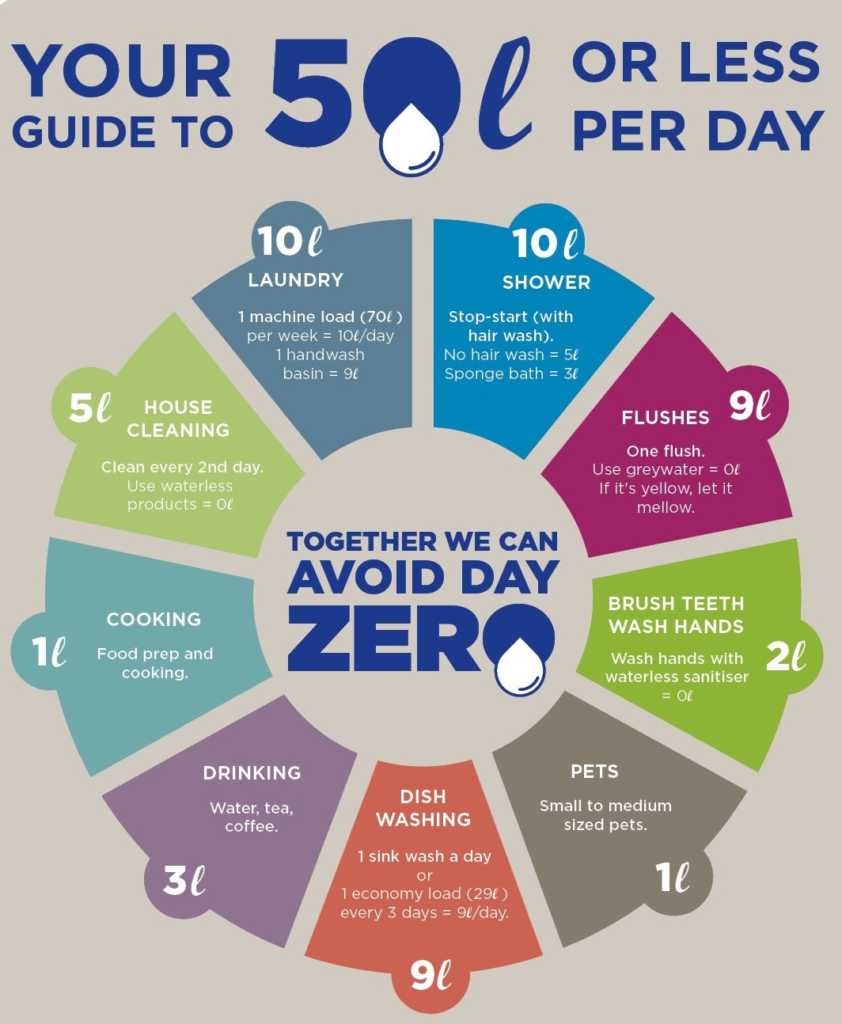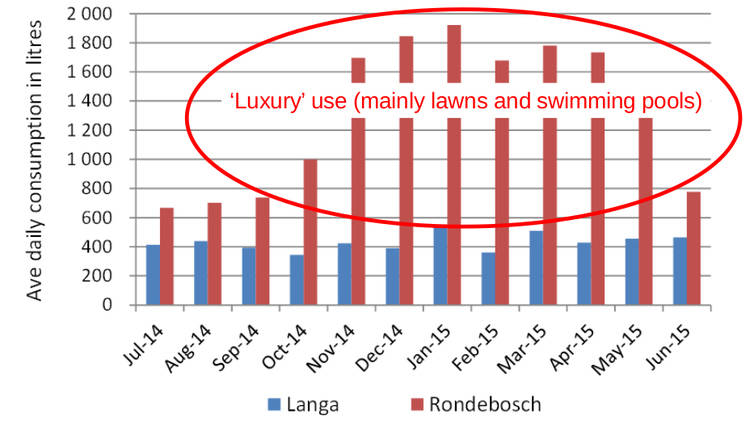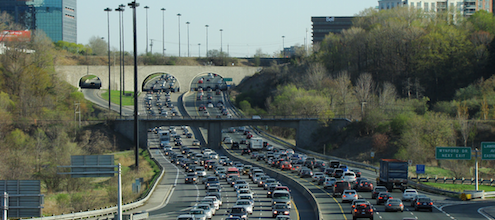
Counting Down: Cape Town’s Water Crisis
On World Water Day, all eyes are on Cape Town, South Africa. My hometown is struggling with a water shortage crisis and approaching ‘Day Zero’— the day when its municipal water delivery will cease for all residents except those providing essential services.
Cape Town’s residents have delayed Day Zero — for now — thanks to concerted water conservation efforts. But the city I grew up in should take this opportunity to look seriously at long-term solutions, including well-designed water rates. Moreover, Cape Town isn’t alone in its water challenges. The crisis in Cape Town also offers lessons for the future of cities here in Canada.
What has caused the drought?
Cape Town’s water crisis is driven by a complicated mix of factors. Cape Town is in a water-scarce region and is suffering from an usually long drought. While this particular drought may be part of a natural cycle, future droughts are expected to become more frequent and severe due to climate change.
Increasing demand for water is also aggravating the city’s short supply. The city’s population has almost doubled in the last 15 years. By 2040, Cape Town could have an additional 1.5 million residents. The demand for water from agricultural and residential users is also highest when its dry and hot.
What will happen on Day Zero?
For the moment, Cape Town is on borrowed time. The expected reckoning of Day Zero has been pushed back from early April 2018 to late August 2018. However, even if Cape Town manages to push Day Zero back even further, it could continue to loom over the city in 2019 with dry weather.
If or when Day Zero happens, there will no longer be enough water available for the municipal water system to work. Capetonians will have to queue for a daily allocation of 25 litres of water a day from distribution points set up by the government.
Water is currently allocated at 50 litres per person per day (down from 87 litres a day earlier this year). What can you do with 50 litres of water a day? Well, not much. Here’s a breakdown:

Image source: City of Cape Town
For context, the average Canadian uses around 251 litres a day. You can see a great infographic that compares North American water-usage to Cape Town’s here. There is a huge discrepancy between the water usage of the rich and the poor in Cape Town, with approximately the poorest 25% of Capetonians using only 4.5% of the city’s water.
How has Cape Town Responded?
Based on the city’s water allocation guide, 50 litres of water gets you one toilet flush a day. With restrictions like these, the City of Cape Town and its citizens have gotten creative. The government launched a campaign that names and shames culprits for using more than their water allowance. It includes an continuously updated online map of the city that pinpoints households that using more than their fair share of water.
Capetonians themselves have drastically reduced their municipal water usage by taking shorter showers and recycling household water for toilet flushing. Those who can afford it have installed rainwater tanks and drilled boreholes.
And it’s working. Through these measures and others, Cape Town has almost halved its water usage from 1.2 billion litres of water a day to around 511 million litres. With no rain, it is largely through these water saving efforts that Capetonians have pushed Day Zero back without having to find new sources of water.
The role of pricing in conserving water
While the City of Cape Town is using many tools to avert the crisis, one they could do better at is water rates. Right now, the city has a water tariff system where the poorest get their water for free and everyone else pays based on volume. The city also attempted to use seasonal pricing. In an unpopular move, they tried to push through an emergency ‘drought levy’ based on users’ property prices over December 2017. It received huge pushback from the public and the proposal was dropped.
In response, the city has now imposed, in their own words, “a punitive tariff.” As the mayor’s office stated, “We can no longer ask people to stop wasting water. We must force them.” The tariffs are indeed stringent: households that use up to 6‚000l of water a month will see their water bill rise by 413% and those using more than 50 000l a month will see a cost increase of 613%.
The fairness issue in water rates and water usage
While pricing water overall sends a signal to conserve, many still choose to use significant amounts of water, even in these dire circumstances. Punishing people is less than ideal, but Day Zero even less so.
What could they have done differently? Experts have said that imposing water restrictions earlier would have been prudent. However, many residents (especially the wealthier ones) did not abide by the water restrictions (and many still don’t). Could an earlier and stronger price signal have helped?
Here’s a graph that shows the difference in water use between two areas in Cape Town in the years leading up to the water crisis: Rondebosch a wealthy suburb, and Langa, a much poorer one.
Image Source: City of Cape Town
Hindsight is 20/20 but as you can see from this graph, there was not a strong enough of a pricing signal for the wealthiest users in the early years of the drought to prevent significant water use changes during the summer.
While Cape Town couldn’t have predicted the severity of this drought, a drier future is more certain. Cape Town and its citizens will have to keep saving water, and also pay water rates that reflect the costs of finding new water supplies.
Lessons for Canada
The water issues in Cape Town reflect the city’s unique geography, demographics, and available water resources. But no matter where you live, municipal water services are an essential service that underpin our economies, prosperity, and health. Even in a water-rich country like Canada, we can better manage our water services. We too will face water problems in our future due to climate change, from droughts to flooding. And indeed, places like Vancouver are already feeling the pinch.
Well-designed water rates that reflect the true cost of the service can encourage conservation, fund infrastructure, and help maintain Canada’s high standards for drinking water. Over time, this will ultimately improve our long-term water security and resiliency. For more on this topic, see our latest report.





Comments are closed.